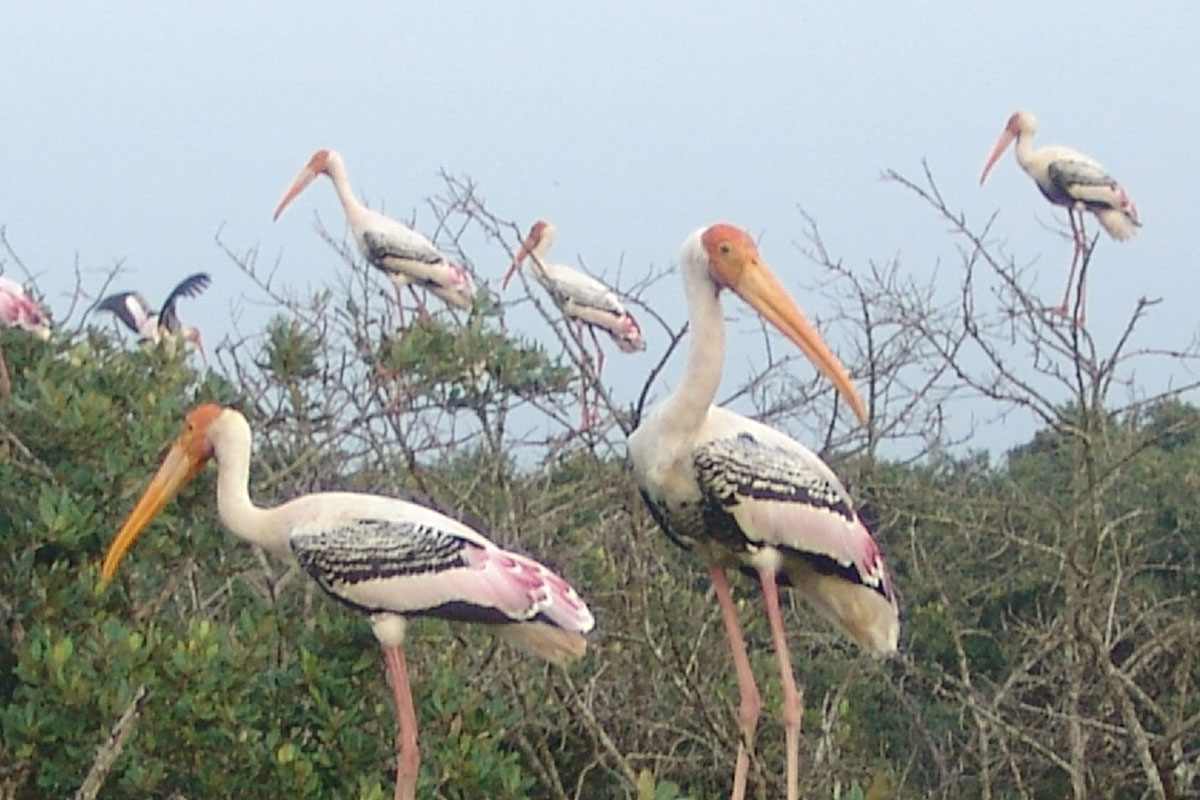Slender increase in winged guests in Odisha’s Bhitarkanika national park
The number of visiting avian winter species has risen to 1,51,614 this year from the 1,51,421 birds counted last year.
There is ample food security for the birds as the place crisscrossed by innumerable water inlets and nullahs is free of human interference, DFO Pati said.

Residential water birds have made Bhitarkanika their temporary home even as the onset of monsoon has triggered chirpy cacophony along the marshy wetland spots here.
The winged species have thronged the heronry here in thousands for their annual nesting and breeding.
Advertisement
The arrival of local migrant birds has reestablished Bhitarkanika as one of the prominent heronries of the state, said forest officials.
Advertisement
“With the commencement of the rainy season, local migrant species have arrived in batches in Bagagahana heronry for seasonal nesting. They have built nests and laid eggs atop the mangrove trees. Their sojourn would last for at least three months from now after which they would start their homeward journey”, said Divisional Forest Officer, Rajnagar Mangrove (wildlife) forest division, Jagyandatt Pati.
There has been a sizable congregation of monsoon birds this year. They are still arriving in batches. The headcount of these winged species will be conducted next month. Last year, 97,866 birds were counted nesting at the national park.
There is ample food security for the birds as the place crisscrossed by innumerable water inlets and nullahs is free of human interference, DFO Pati said.
Lack of human interference, ideal climatic conditions, cool breeze and the river system here all have emerged to the liking of these delicate chirpy winged species.
It’s pertinent to note here that noted ornithologist Dr Salim Ali made a chance-discovery of Bhitarkanika birds’ habitat while on a casual visit to Bhitarkanika in 1981.
Over a dozen types of local residential birds congregate at the heronries within the park for nesting and breeding every year. The species are open bill stork, Little cormorant, Intermediary Egret, Large Egret, Little Egret, Purple Heron, Grey Heron, Night Heron, Darter, White Ibis and Cattle Egret.
Advertisement